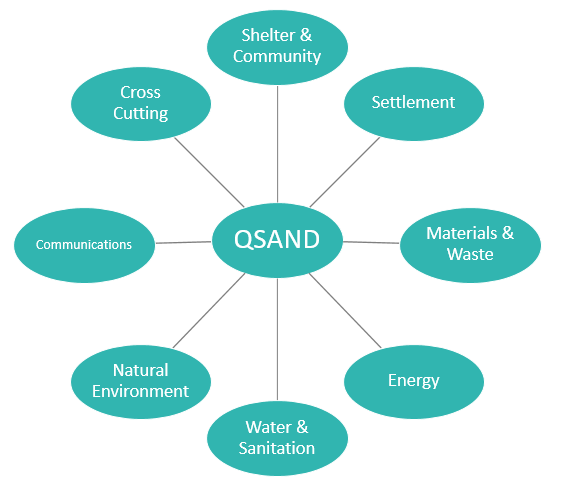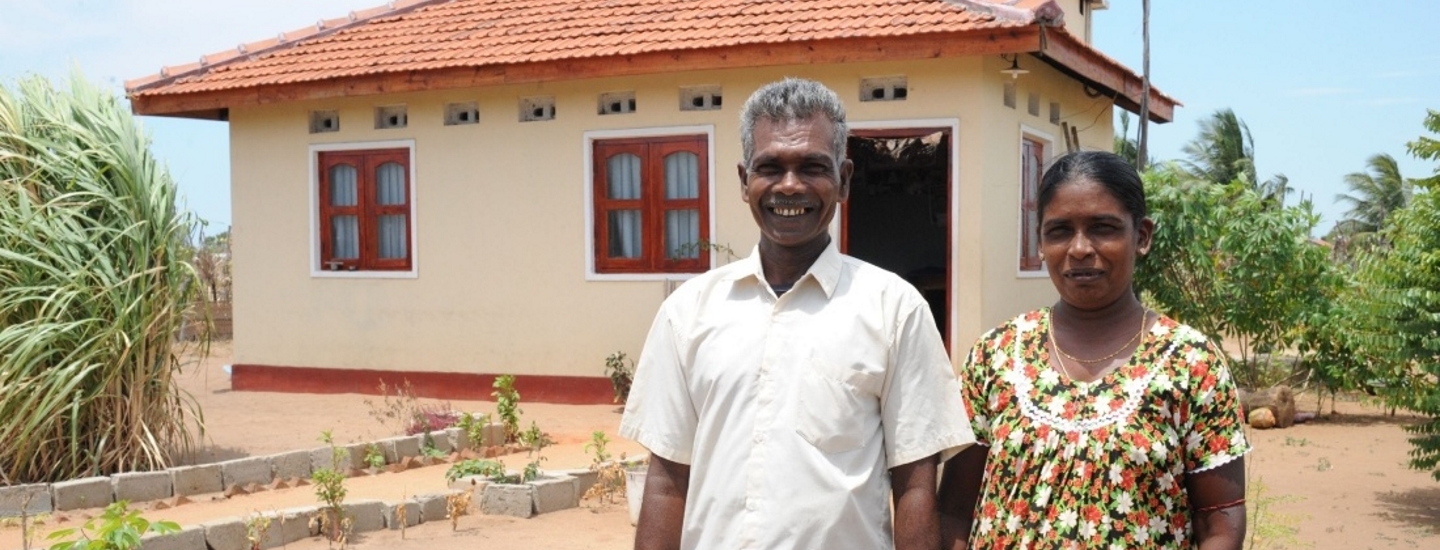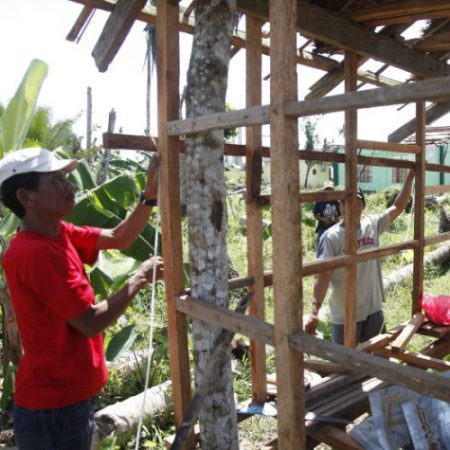About QSAND
QSAND is a free to use shelter and settlement sustainability and resilience self-assessment tool developed by BRE Global (the developers of BREEAM), on behalf of the IFRC.
Contact QSAND
As a part of their commitment to sustainable development, IFRC commissioned the development of QSAND to promote sustainable shelter and settlement activities in the aftermath of natural disasters. The tool draws on the standards developed by BREEAM, the world leading sustainability certification scheme for buildings, infrastructure and master planning.
The tool was developed to support the drive in the humanitarian sector to consider and benchmark sustainable approaches to shelter and settlement operations after natural disasters. QSAND takes a wide variety of factors, which impact the disaster recovery process, into account and promotes a holistic sustainability approach to address the context. Where practical, early decisions should positively influence the sustainability of the long-term reconstruction of the disaster hit area.

Our Aims and Objectives
Our aims are to promote and facilitate sustainable approaches to relief, recovery and reconstruction in the shelter and settlement operations after a natural disaster.
Our Mission is to Build a Better World Together
QSAND is committed to supporting the United Nations Sustainable Development Goals. To see how we do so, view our infographic.
Our key objectives are to:
- Guide and inform the decision-making process in a disaster-affected community, promoting more sustainable approaches to shelter and settlement activities.
- Provide a coordinated framework for identifying and, where relevant, assessing the sustainability of solutions in the relief, recovery and reconstruction of disaster-affected communities.
QSAND Information Videos
In this video, Graham Saunders*, Head of Shelter & Settlements at IFRC and Yetunde Abdul, QSAND Manager at BRE Global present ‘What is QSAND?’. The video explains how QSAND was developed to help the humanitarian sector think about the longer-term sustainability of their responses.
*We were very sorry to hear about the passing of Graham Saunders. He was instrumental in the inception of QSAND and a strong supporter of the tool
Also available is the Introduction to QSAND video. This includes further information including case studies, tutorials and the QSAND manual and scoring matrix.


